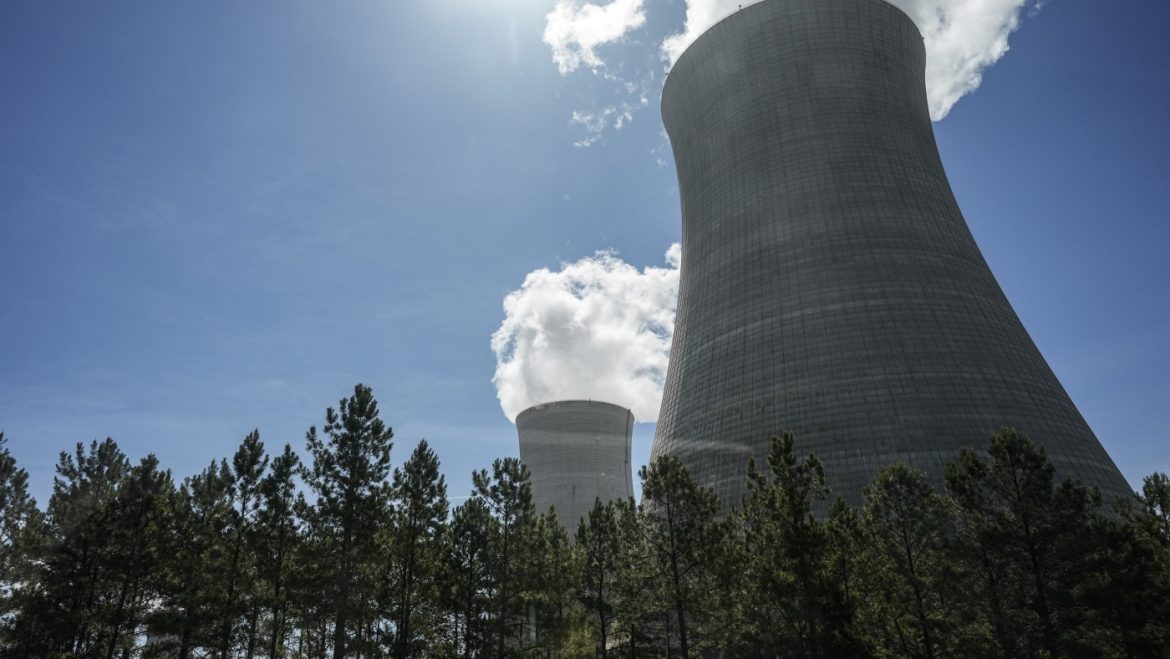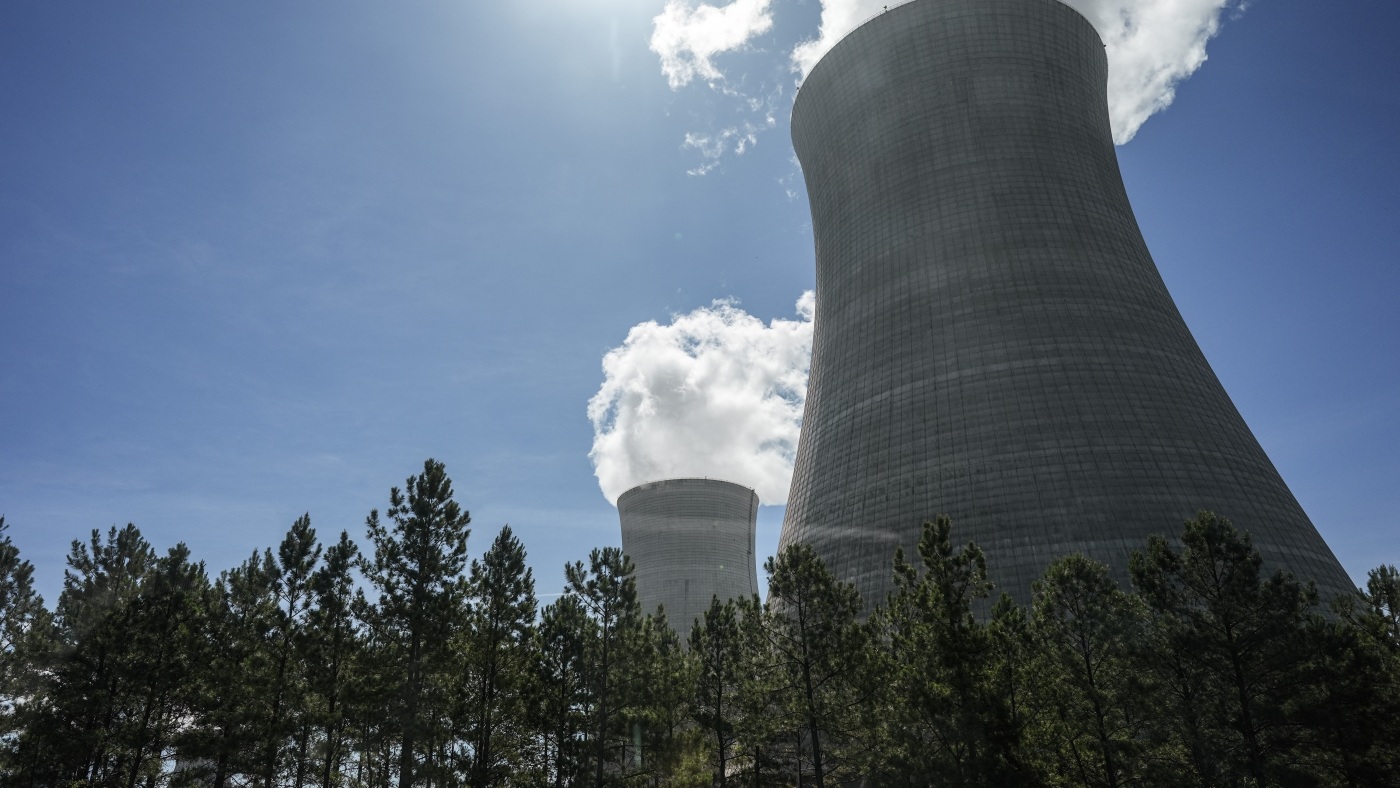Unpacking the Controversy: President Trump Fires Nuclear Regulatory Commissioner Christopher T. Hanson
President Trump’s recent decision to fire Christopher T. Hanson from the Nuclear Regulatory Commission (NRC) has ignited considerable debate, spotlighting tensions between the executive branch and independent regulatory agencies. Hanson, a Democratic appointee and chair of the NRC, was terminated without stated cause, a move that disrupts the NRC’s political balance and calls into question the independence of agencies that oversee critical national security infrastructure.
—
The Nuclear Regulatory Commission: Role and Significance
The NRC is a five-member independent commission tasked with regulating the nation’s civilian use of nuclear energy and ensuring the safety and security of nuclear reactors. Its mandate is vital—overseeing nuclear power plants, protecting public health, and preventing nuclear disasters.
This agency’s independence is traditionally safeguarded by fixed terms for commissioners and protection from arbitrary removal, fostering regulatory decisions free from political interference. Commissioners are appointed by the President and confirmed by the Senate, often serving staggered terms to maintain continuity and bipartisanship.
—
The Firing of Christopher Hanson: Breaking Precedent
Christopher T. Hanson joined the NRC as a Biden appointee in 2020 and rose to chair the commission. Notably, Hanson has stated that his firing was “without cause,” contrasting with the established legal norms and longstanding precedent that protect independent agency members from being removed arbitrarily by the President.
The decision shifts the NRC’s composition from a 3-2 Democratic to an even 2-2 partisan split, abruptly halting the agency’s normal operation and decision-making process.
What makes this even more striking is that Hanson was reportedly appointed by Trump during his first term, adding layers of complexity to the political dynamics at play. His firing underscores a volatile approach to agency oversight that disregards traditional bipartisan agreements.
—
Implications of the Firing: Political Control vs. Agency Independence
Trump’s move to terminate a member of an independent agency, especially without cause, signals a shift toward assertive executive control over agencies designed to operate independently. This action aligns with broader patterns during his administration, where firings and reshuffles in regulatory bodies have sparked concerns about politicization.
Political scientists and watchdogs warn that such interventions threaten the stability and effectiveness of regulatory oversight. Nuclear regulation, in particular, demands impartiality given the potential catastrophic consequences of negligence or compromised safety standards.
In a broader context, the firing may embolden attempts to influence other independent agencies, raising questions about the durability of checks and balances designed to insulate essential regulatory functions from political pressures.
—
Broader Context: Past Firings and Agency Turmoil
This isn’t an isolated incident under President Trump’s administration. Reports reveal a pattern of abrupt personnel changes in nuclear-related agencies, including the National Nuclear Security Administration, where over 300 staffers received termination notices only to have some reversals later.
Such upheavals can destabilize the workforce entrusted with managing national security and critical infrastructure, potentially affecting operational safety and policy consistency.
—
Legal and Ethical Concerns
Legally, independent agency members like those on the NRC are generally afforded protections against removals except for cause, to preserve impartial governance. By firing Hanson without cause, the administration is challenging these statutory protections, which some legal experts argue may invite judicial review or legislative pushback.
Ethically, overriding the independence of an agency tasked with safeguarding public and environmental health raises questions about prioritizing political agendas over science-based decision-making and public safety.
—
Moving Forward: Consequences and Considerations
The termination of Christopher Hanson marks a critical moment in the evolving struggle between executive authority and independent regulatory bodies. It highlights the fragile balance necessary to maintain unbiased oversight in sectors with far-reaching safety implications.
The NRC now faces a political stalemate due to the even split, potentially slowing regulatory decisions on nuclear safety and licensing until a new commissioner is appointed and confirmed. This delay could have implications for energy policy and safety regulations amid growing debates over nuclear power’s role in America’s energy future.
For the Trump administration, the firing serves as both a consolidation of power and a risky gambit that could erode trust in federal regulatory institutions. For policymakers and the public, it underscores a need to rethink how agency independence is preserved and the safeguards needed to prevent politicization from compromising critical national functions.
—
Conclusion: A Dangerous Precedent for Nuclear Oversight
President Trump’s firing of NRC Commissioner Christopher Hanson represents more than a personnel change; it is a stark symbol of the growing pressure exerted on independent regulators. In sectors as sensitive as nuclear oversight, such moves risk undermining safety protocols and public confidence.
This episode underscores the persistent tension between political control and the need for autonomous, science-driven regulation. The long-term costs of such intrusions—potentially compromising safety and security—demand careful scrutiny and, perhaps, renewed legislative measures to protect these vital institutions from politically motivated disruptions.


